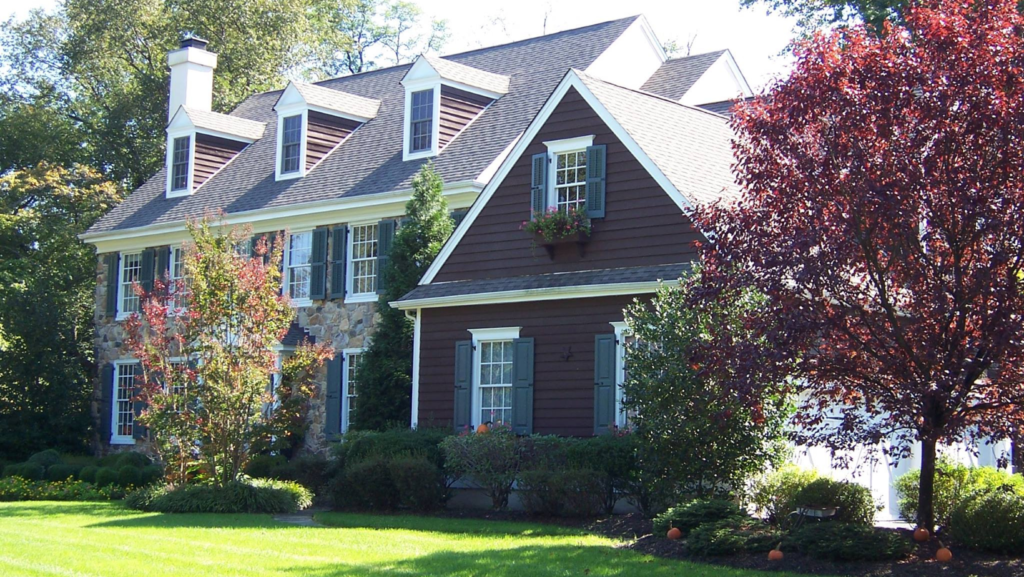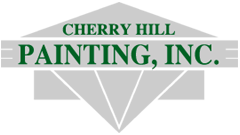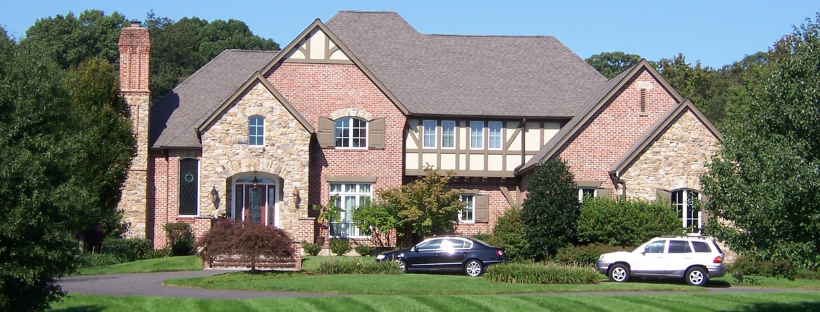Have you ever wondered why some houses keep their crisp, bright look for years after being painted, while others start to fade or peel in just a year or two? Or why some colors stay deep, beautiful, and true to the original, while others just don’t seem to last?
The secret often lies beneath the surface – literally. Today, let’s explore why surface preparation is an absolute must for exterior painting in NJ.
The Importance of Surface Preparation for a Successful Exterior Paint Job
What many homeowners don’t realize is that 80% of a successful paint job is determined by the level and quality of the surface preparation. In other words, you can have just the right paint, just the right color, and top-of-the-line tools, but if your siding isn’t clean and sound your project is off to a shaky start before it’s even begun.
We’ve seen it time and again. And sadly, we’ve seen it even after a “professional” painter has finished their work. That’s why we always encourage you to closely review your painting proposal, ensuring that clear and detailed surface preparation steps are included.
So why is it such a big deal?
Surface preparation guarantees that the paint bonds properly with the surface, warding off premature peeling and flaking. It also boosts the paint’s longevity and aesthetic appeal, keeping your home looking ‘just painted’ for years.

What Kind of Prep Should You Do Before Exterior Painting?
Let’s dig into the details so you know exactly what to watch for.
Surface preparation is more than a quick once-over with sandpaper. It’s a process that requires diligence, experience, and a lot of work. Here are the main steps:
- Cleaning the surface. This usually involves a pressure washer to remove stubborn dirt, mold, mildew, and loose paint.
- Scraping off damaged paint. Any old, peeling, or damaged paint must be thoroughly scraped away.
- Sanding. The surface should be sanded until it’s smooth and ready to receive the new paint.
- Filling in gaps. Any gaps or cracks should be filled and sealed to provide a uniform surface.
- Wood repairs. Got rot? Now is the time to thoroughly repair or replace the wood.
- Priming. This step ensures optimal paint adhesion and should never be skipped. You might not always need a FULL prime, but a spot prime is a good idea (priming just the areas that need it).
How Weather Conditions Impact Surface Preparation and Painting
You likely know that painting in frigid weather isn’t a good idea, but did you know that you have to be careful in the summer months too?
Weather conditions can be a bit of a wild card. High humidity can lead to bubbling paint, and intense sunlight can make the paint dry too quickly, resulting in cracks. All of this makes it super important that you use high quality paints that are suited to your specific surface material, and work strategically to avoid direct sunlight whenever possible.
Why Hiring a Professional Exterior Painter Matters
We all love a good DIY project. But when the longevity and quality of your paint job are at stake, it’s wise to consider professional help.
Exterior painting is both a science and an art, and it often involves a lot more work than homeowners realize (until it’s well underway). We recommend partnering with a trustworthy, experienced team that makes the process easy for you, plus frees up your precious summertime Saturdays.
Frequently Asked Questions
To wrap up, let’s address some frequently asked questions about surface preparation and exterior painting.
Q: How often should the exterior of my house be repainted?
A: This can vary depending on the siding material, the quality of the last paint job, and your local weather conditions. On average, a high-quality exterior repaint can last 10+ years. You can extend the lifespan of your paint by investing in routine maintenance and touch-ups too, driving down costs over time. We highly recommend it!
Q: Can I paint over existing paint?
A: Sure, as long as the existing paint is in good condition. Any flaking or peeling paint should be scraped off before applying a fresh coat.
Q: When is the best time of year to paint my house’s exterior?
A: For most climates, spring and fall offer the most favorable conditions due to moderate temperatures and lower rainfall. Summertime is just fine too as long an experienced painter is tackling the project.
What’s your takeaway? Remember that the key to a stunning and enduring paint job is all in the prep work. Here’s to beautiful homes and paint jobs that stand the test of time! And if you have any questions for us at Cherry Hill Painting, don’t hesitate to reach out. We’d love to help.

